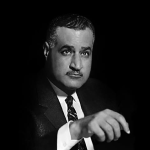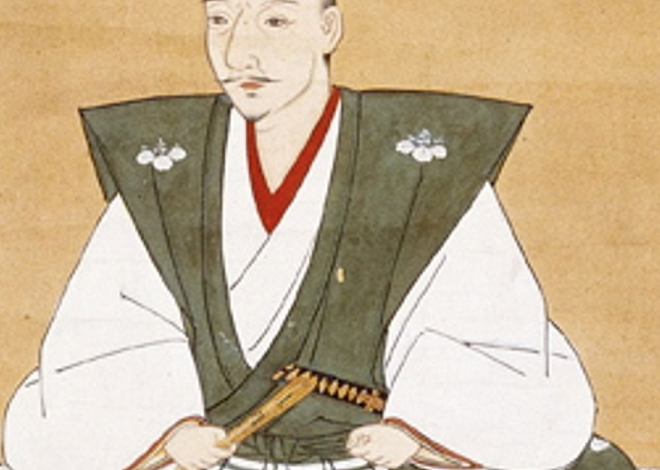
Kublai Khan
Kublai Khan, born in 1215, was a prominent figure in Mongol and world history. He was the grandson of Genghis Khan and the founder of the Yuan Dynasty in China.
Here is a detailed history of Kublai Khan:
Early Life and Family:
- Khan was born as Kublai, the fourth son of Tolui, Genghis Khan’s fourth son, and Sorghaghtani Beki, a Christian princess from the Khitan Liao Dynasty. His mother’s influence played a significant role in his upbringing and education.
Rise to Power:
Kublai’s elder brother Möngke Khan became the Great Khan of the Mongol Empire in 1251. Kublai played a key role in his brother’s administration, both in military campaigns and as an administrator.
Conquest of Southern China:
- In 1259, following the death of Möngke Khan, Kublai returned to Mongolia to contest the position of Great Khan. During this time, he continued his military campaigns in China.
- Khan’s most significant achievement was the conquest of the Southern Song Dynasty in 1279, marking the reunification of China under Mongol rule. He established his capital at Khanbaliq, present-day Beijing, which became the center of his empire.
Yuan Dynasty:
Khan officially proclaimed the Yuan Dynasty, marking the beginning of a distinct era in Chinese history. He adopted Chinese-style governance, creating a distinct administration from the traditional Mongol one.
Tolerance and Governance:
- Khan is noted for his tolerance of different cultures and religions. He embraced Confucianism, Daoism, Buddhism, and Christianity. He promoted intercultural exchanges and had a multicultural court.
- His reign saw a standardized writing system for the Mongol Empire called the ‘Phags-pa script, developed by Tibetan monks, which aimed to bridge linguistic barriers within the empire.
Expansion and Foreign Relations:
While Khan focused on consolidating his rule in China, he also expanded the empire. His military campaigns included attempts to conquer Japan (which failed due to the famous kamikaze, or “divine wind” storm), invasions of Vietnam, Burma, and the Korean Peninsula.
Economic Reforms:
Khan initiated several economic reforms, including the introduction of paper currency (jiaozi) and the establishment of state-run industries. He promoted trade and communication through the Grand Canal and the construction of roads and postal systems.
Death and Legacy:
- Khan died in 1294. His death marked the beginning of a gradual decline of the Yuan Dynasty.
- His legacy is marked by his contributions to Chinese unification, his cultural openness, and his efforts to modernize governance and the economy. However, the Mongol rule faced challenges from within and outside, leading to the eventual fall of the Yuan Dynasty.
- Khan’s life and reign are explored in works like Marco Polo’s famous travelogue, “The Travels of Marco Polo,” which offers insights into Kublai Khan’s court and the Mongol Empire.
Khan’s rule was a pivotal period in Chinese history, marked by cultural exchange, economic development, and the reunification of the country. His reign was a unique blend of Mongol traditions and Chinese civilization, leaving a lasting impact on both China and the world.







